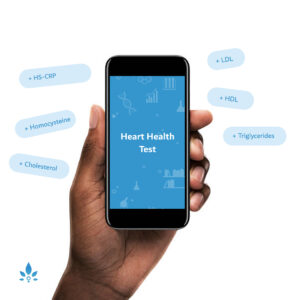What is Sickle Cell Disease?


Sickle cell disease (SCD) is an inherited group of disorders that affect hemoglobin, the molecule in red blood cells that delivers oxygen to cells throughout the body. People with this disorder have atypical hemoglobin molecules called hemoglobin S. In a healthy person, red blood cells are round and flexible and flow easily in the blood. A person with SCD has red blood cells that are stiff and can block blood flow. This can cause pain, infections, and in extreme cases, organ damage and strokes.
Sickle cell anemia is the most common type of sickle cell disease. It’s a condition in which your blood has a lower than normal number of red blood cells or your red blood cells don\’t contain enough hemoglobin. The other common types of SCD include:
Hemoglobin SC—This condition is caused when a baby gets one sickle cell gene change from one parent and one gene change for hemoglobin C (another abnormal type of hemoglobin) from the other parent.
Hemoglobin S-beta thalassemia—This condition is caused when a baby gets a sickle cell gene change from one parent and a gene change for beta thalassemia from the other parent. Thalassemia is another kind of anemia.
Symptoms of sickle cell disease
All newborns are screened for SCD. Signs and symptoms of sickle cell disease usually begin in early childhood. Characteristic features of this disorder include a low number of red blood cells (anemia), repeated infections, and periodic episodes of pain. The severity of symptoms varies from person to person.
Anemia can cause shortness of breath, fatigue, and delayed growth and development in children. The rapid breakdown of red blood cells may also cause yellowing of the eyes and skin (jaundice). Painful episodes can occur when affected red blood cells get stuck in small blood vessels. This deprives tissues and organs of oxygen-rich blood and can lead to organ damage, especially in the lungs, kidneys, spleen, and brain.
How common is it?
In the United States, SCD is most common among African Americans and Hispanics. SCD affects about 1 in 500 African American births and about 1 in 36,000 Hispanic births. SCD is also common among people with family from Africa, the Caribbean, Greece, India, Italy, Malta, Sardinia, Saudi Arabia, Turkey, or South or Central America.
Sources:
- National Heart, Lung and Blood Institute
- What is Sickle Cell Anemia?
March of Dimes - Sickle cell disease and your baby.
The Sickle Cell Disease Association of America
Powered by Bundoo®












































